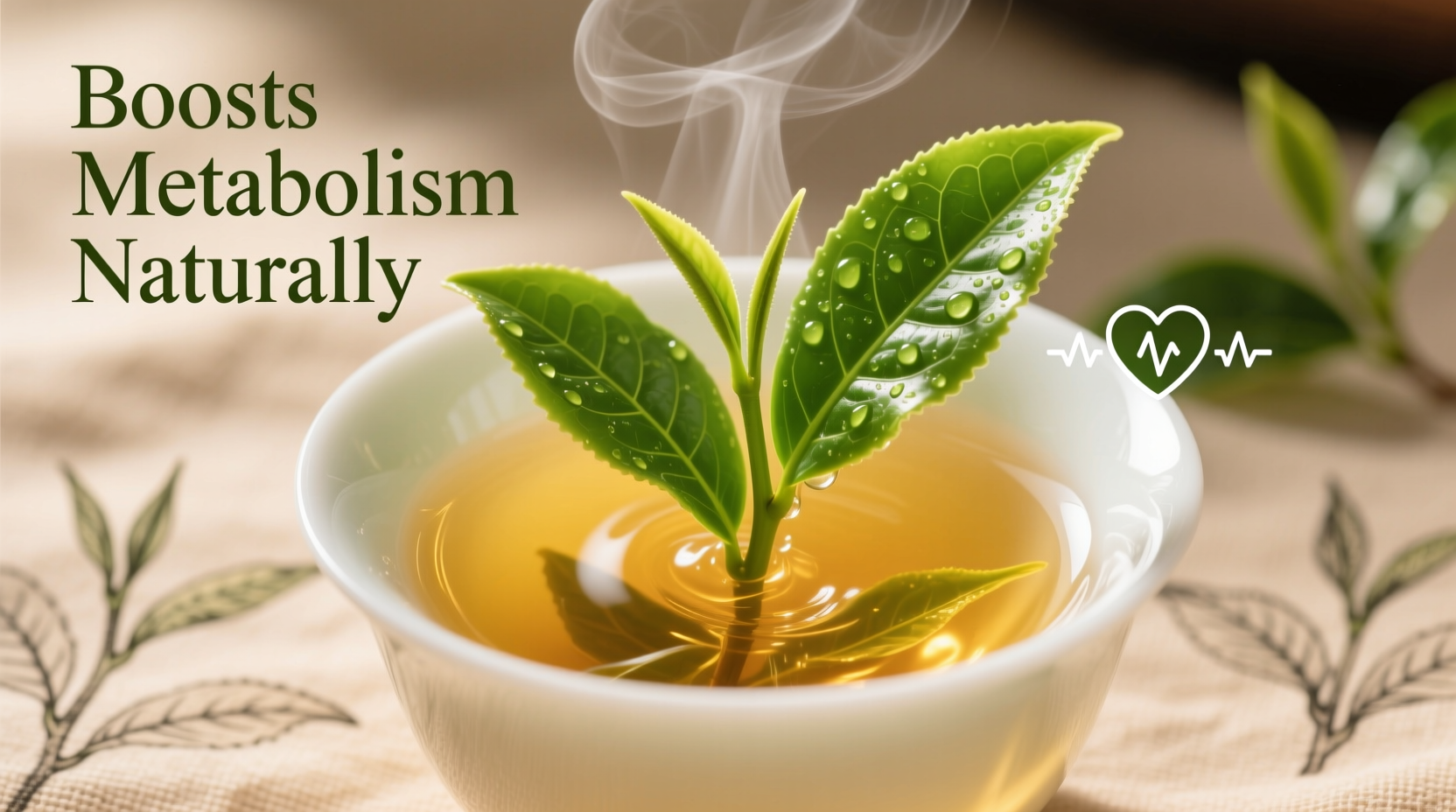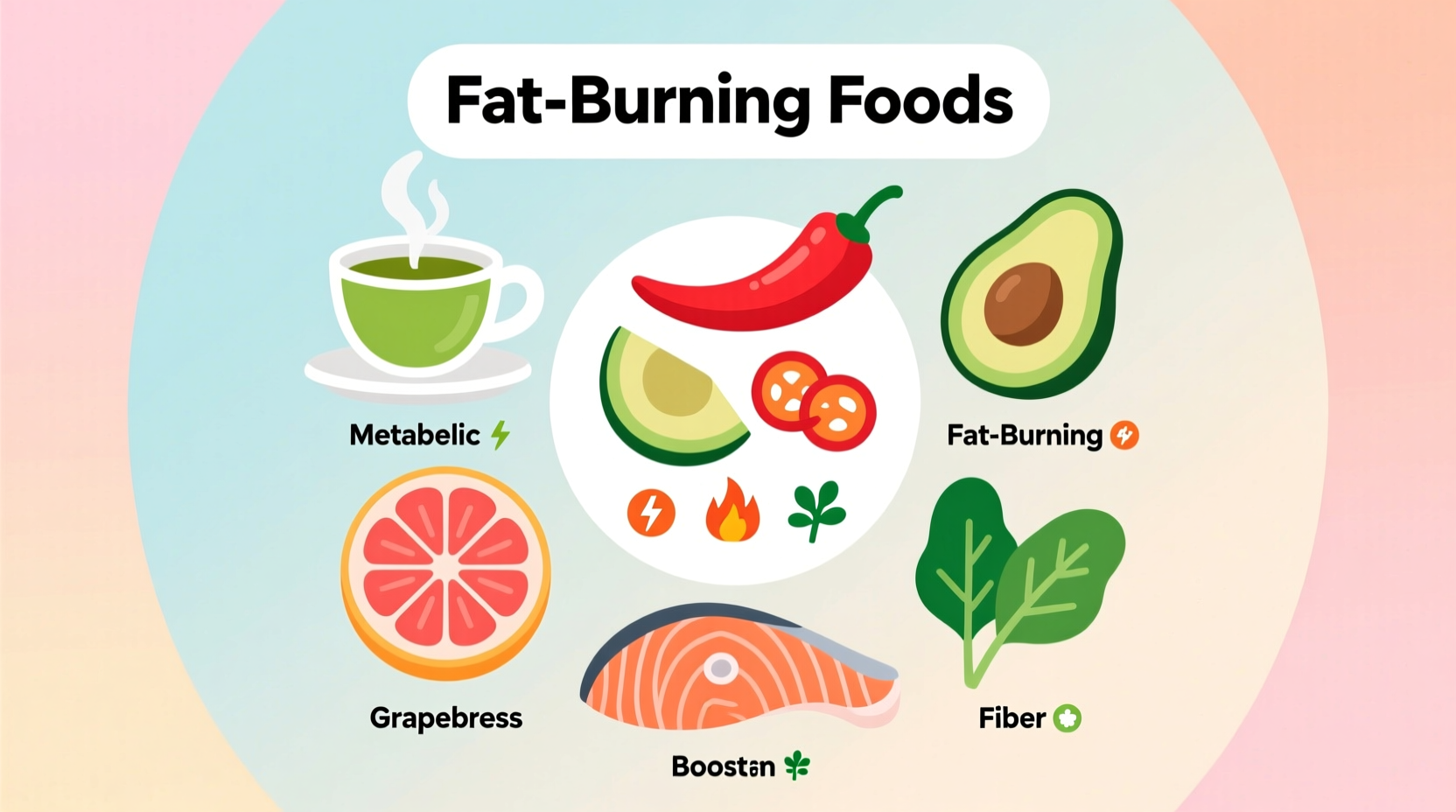When searching for "what are fat burning foods," you deserve clear, science-backed information without hype. The truth is simple: no food burns fat directly, but specific foods enhance your body's natural fat-burning processes through three key mechanisms—increasing thermogenesis (calorie burning during digestion), promoting satiety (reducing overall calorie intake), and improving metabolic health. This guide reveals exactly which foods deliver evidence-based results and how to incorporate them effectively.
Understanding Metabolism-Boosting Foods: Beyond the Hype
Before exploring specific foods, it's crucial to understand what "fat burning" actually means. Your metabolism consists of three components: basal metabolic rate (BMR), the thermic effect of food (TEF), and physical activity. Certain foods primarily influence TEF—the energy required to digest, absorb, and process nutrients. High-protein foods, for example, can increase TEF by 15-30%, compared to 5-10% for carbohydrates and 0-3% for fats, according to research published in the Journal of the American College of Nutrition.
| Common Myth | Scientific Reality | Research Source |
|---|---|---|
| "Magic" fat-burning foods melt fat overnight | Metabolic effects are modest (50-100 calories/day) | National Institutes of Health |
| Specific foods target belly fat | Spot reduction through food is impossible | American Council on Exercise |
| "Negative calorie" foods exist | No food requires more energy to digest than it provides | Academy of Nutrition and Dietetics |
Top Evidence-Based Fat Burning Foods
Protein Powerhouses
Lean proteins like chicken breast, fish, eggs, and Greek yogurt significantly increase thermogenesis. A study in the American Journal of Clinical Nutrition found high-protein diets can boost metabolism by up to 80-100 calories daily. Protein also increases feelings of fullness by reducing ghrelin (the hunger hormone) and boosting peptide YY (a satiety hormone).
Green Tea and Its Active Compounds
Green tea contains epigallocatechin gallate (EGCG), which enhances fat oxidation. Research from the National Center for Biotechnology Information shows regular green tea consumption can increase fat burning by 17% during moderate exercise. For best results, consume 2-3 cups daily without excessive sugar.

Spicy Metabolism Boosters
Capsaicin in chili peppers activates TRPV1 receptors, temporarily increasing metabolic rate by 4-5% for up to 3 hours after consumption. A National Center for Complementary and Integrative Health review confirms capsaicin's modest but measurable effects on energy expenditure. Incorporate cayenne pepper, jalapeños, or red pepper flakes into meals for metabolic benefits without extreme heat.
Fiber-Rich Whole Foods
Foods high in soluble fiber like oats, legumes, and chia seeds form a gel in your gut that slows digestion, promoting satiety. The Academy of Nutrition and Dietetics recommends 25-38 grams of fiber daily, which can reduce calorie absorption and stabilize blood sugar—critical factors for sustainable fat loss.
Implementation Guide: Making Fat Burning Foods Work for You
Simply adding these foods isn't enough—you need strategic implementation. Start your day with a protein-rich breakfast (30g protein minimum) to maximize morning thermogenesis. Replace afternoon snacks with green tea and a handful of almonds for sustained energy. Add spices to evening meals to potentially enhance overnight fat oxidation. Remember that timing matters: consuming protein within 30 minutes after exercise maximizes muscle repair and metabolic efficiency.
Contextual Boundaries: When These Foods Won't Work
Understanding limitations prevents frustration. These foods deliver modest benefits only when:
- Your overall calorie intake supports fat loss
- You maintain consistent physical activity (150+ minutes weekly)
- You get adequate sleep (7-9 hours nightly)
- You manage stress effectively (chronic cortisol hinders fat loss)
No food can overcome significant calorie surplus or sedentary lifestyle. The Centers for Disease Control emphasizes that sustainable fat loss requires a comprehensive approach where these foods play a supporting role.
Avoiding Common Pitfalls
Many people undermine their efforts by:
- Over-consuming "healthy" high-calorie foods like nuts and avocado
- Adding sugary beverages that negate metabolic benefits
- Expecting overnight results from single food additions
- Ignoring portion control despite eating "fat burning" foods
Track your overall dietary pattern rather than focusing on individual "superfoods." Consistency with evidence-based habits delivers results, not isolated food choices.
Do fat burning foods actually help lose weight?
Yes, but with important context. Certain foods like protein, green tea, and chili peppers can modestly boost metabolism (50-100 calories daily) and increase satiety, supporting weight loss when part of a balanced calorie-controlled diet. They're supportive tools, not magic solutions.
Which food burns the most fat?
No single food burns significant fat. Protein-rich foods provide the highest thermic effect (15-30% of calories burned during digestion), while green tea and chili peppers offer modest metabolic boosts. The most effective approach combines multiple metabolism-supporting foods within a balanced diet.
How quickly do fat burning foods work?
Metabolic effects are immediate but modest—green tea increases fat oxidation within 30-60 minutes, while protein's thermic effect lasts 3-4 hours. Sustainable fat loss requires consistent consumption over weeks alongside appropriate calorie balance and physical activity.
Can I eat fat burning foods without exercising?
Yes, but results will be limited. These foods support metabolism and satiety, but without exercise, you miss out on significant calorie burning and muscle preservation benefits. For optimal fat loss, combine metabolism-supporting foods with both cardiovascular and strength training.











 浙公网安备
33010002000092号
浙公网安备
33010002000092号 浙B2-20120091-4
浙B2-20120091-4